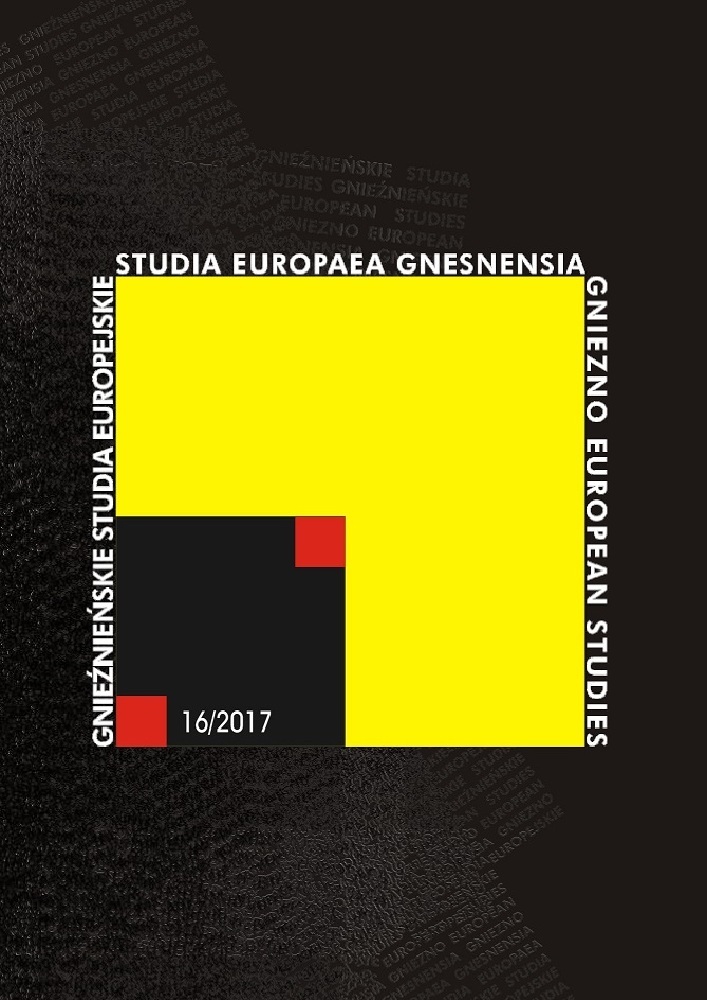Resumen
In an article published 1997 Géza Alföldy explained his ideas about the generic terms of dii Maiores and dii Magni. For the former term there are still no testimonies with theonymic referents known. This is not the case for the so called „Great Gods”. Exploring all epigraphic evidence including the epithets dominus et domina and other votive formulars, we come to the following conclusions: the dii Maiores rather do not refer to the main roman gods and goddesses but to the classical healers Aesculapius et Hygia. Like other Greek and Roman divinities they were together also invoked as dii Magni. It seems very likely, that the votive incriptions from Gorsium (dii Magni), which G. Alföldy was talking about, can also be linked with this famous couple of healing gods.
Citas
Alföldy G., Die Großen Götter von Gorsium, Zeitschrift für Papyrologie und Epigraphik 115, 1997, S. 225-241.
Benseddik N., Esculape et Hygie en Afrique, Paris 2010.
De Bernardo Stempel P., Ausführlich Keltische Äquivalente klassischer Epitheta und andere sprachliche und nicht-sprachliche Phänomene im Rahmen der sogenannten interpretatio Romana, Zeitschrift für celtische Philologie 61, 2014, S. 7-48.
De Bernardo Stempel P., Continuity, Translatio and Identificatio in Gallo-Roman Religion: The Case of Britain, [in:] R. Haeussler, A.C. King (Hg.), Continuity and Innovation in Religion in the Roman West, VIth International F.E.R.C.AN. Workshop London 2005, 1-2, Portsmouth-Rhode Island 2007-2008, S. 67-82.
Hainzmann M., (DII) MAIORES in Teurnia? Anmerkungen zu Lupa-8483, Acta Musei Napocensis 52 (1), 2015, S. 85-92.
Hainzmann M., Grannos und Sirona: Zur epigraphischen Evidenz zweier keltischer Heilgottheiten, [in:] NN Wien 2017 (i.Dr.).
Hainzmann M., P. De Bernardo Stempel, Interpretatio Romana vel indigena im Spiegel der Götterformulare, [in:] A. Hofeneder, P. de Bernardo Stempel, Hg., u. Mitw. v.
M. Hainzmann, N. Mathieu, Théonymie celtique, cultes, interpretatio/Keltische Theonymie, Kulte, interpretatio, X. Workshop F.E.R.C.AN., Paris 2010, Wien 2013, S. 93-220.
Instrumenta Inscripta 5. Signacula ex aere. Aspetti epigrafici, archeoligici, giuridici, prosopografici, collezionistici, Roma 2014.
Kovács P., Neue römische Inschriften aus Komitat Komárom-Esztergom III, Zeitschrift für Papyrologie und Epigraphik 201, 2017, S. 267-269.
Kurilić A., The structure of votive inscriptions from Roman Liburnia, Arheološki Vestnik 66, 2015, S. 399-453.
Lučić L., The Roman inscriptions from Varaždinske Toplice, Vjesnik Arheološkog Muzeja Zagreb 46, 2013, S. 185-255.
Piso I., Inschriften von Prokuratoren aus Sarmizegetusa (I), Zeitschrift für Papyrologie und Epigraphik 50, 1983, S. 233-251.
Schallmayer E., Eibl K., Ott J., Preuss G., Wittkopf E., Der römische Weihebezirk von Osterburken I: Corpus der griechischen und lateinischen Beneficiarier-Inschriften des Römischen Reiches, Stuttgart 1990.
